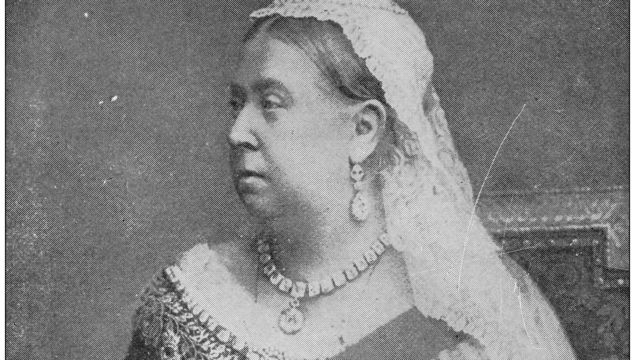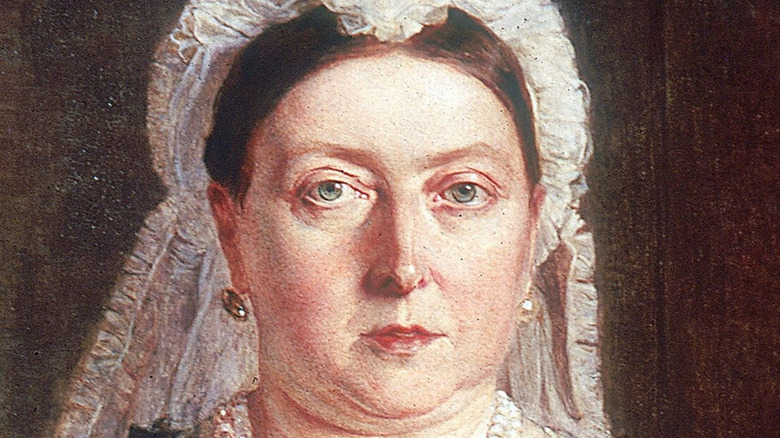
TIL Queen Victoria, the matriarch of the British Empire proposed to her future husband Prince Albert of Saxe-Coburg-Gotha because according to tradition a man couldn't propose to the queen. : r/todayilearned

TIL that during her 67-year reign, Queen Victoria survived at least 7 assassination attempts. One attempt was by an 18-year-old hunchbacked dwarf, who was later caught when police rounded up every hunchback





/cloudfront-us-east-2.images.arcpublishing.com/reuters/VMFFZVP6DFMB5AAWL5XCKCTC2U.jpg)

















